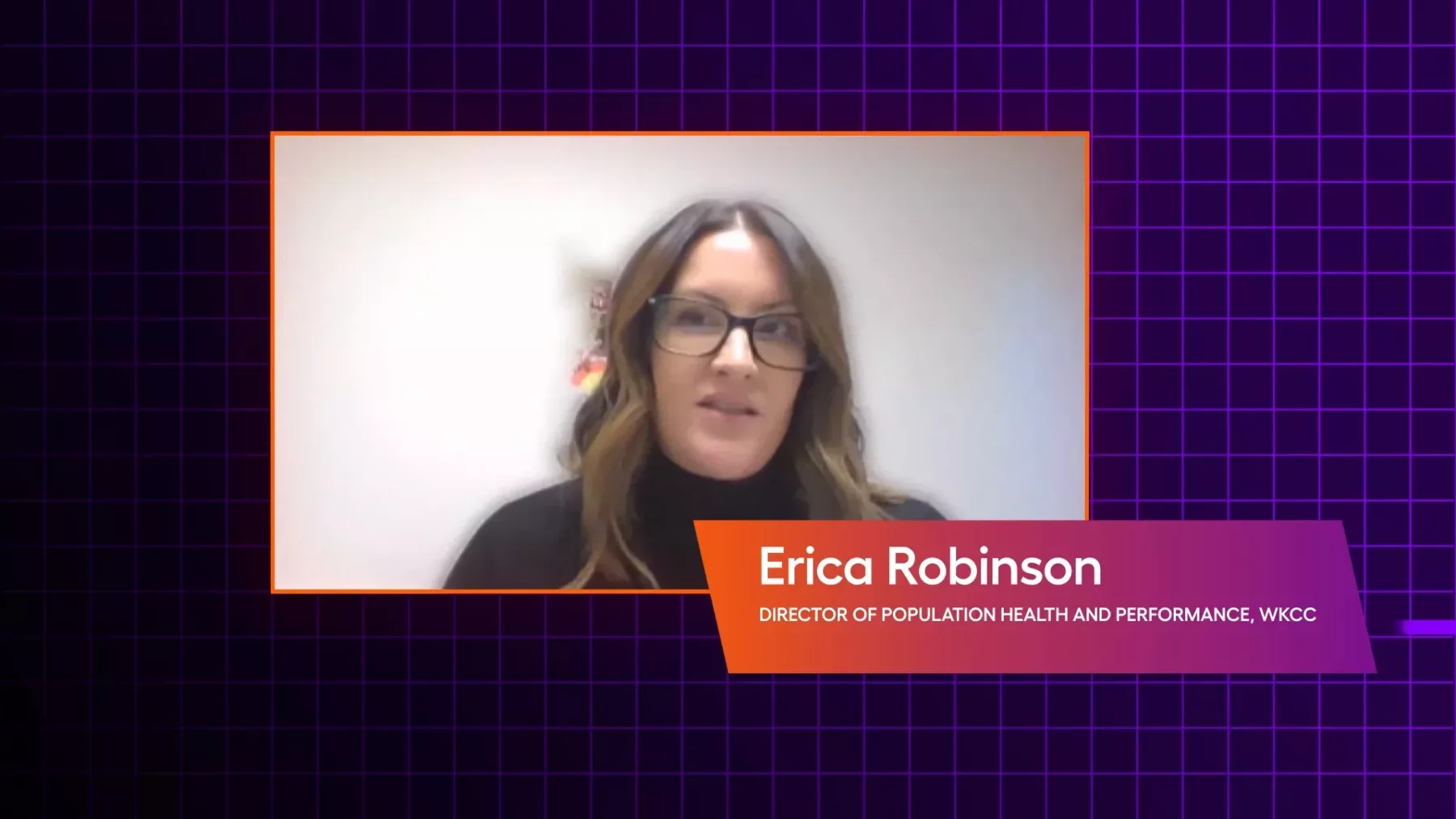Data-driven tools and strategies for self-service healthcare analytics
Without data, healthcare providers are flying blind. Data helps healthcare organizations treat patient populations effectively. Whether focusing on diabetic patients, heart failure patients, or another group, it offers more transparency and insight into their needs throughout the care continuum. It also helps them achieve multiple business goals.
In a recent webinar, WakeMed Key Community Care’s Director of Population Health and Performance, Erica Robinson and Director of Analytics and IS, Jon O'Neil, discussed this exact issue with Arcadia Senior Account Executive Connor Navrude. They shared the strategies they’ve implemented to arm their provider network with better insights and the results they’ve seen.
The intersection of data, operations, and care teams
Healthcare organizations are on a transformative journey from fee-for-service models to value-based care models. Along the road they’ve had to reckon with fast-moving advances in technology, an overwhelming availability of data, and the need to apply the analysis of that data for a variety of purposes. Data plays a pivotal role in understanding how providers can deliver the best care as well as how organizations can track their progress toward key quality metrics and manage risk.

More than 9 in 10 healthcare leaders agree that access to quality data across all platforms and workflows is critical to an organization's performance. Unfortunately, the amount of data coming into healthcare organizations from disparate sources is so vast it can be overwhelming, making a dynamic interplay between operational, clinical, and technical teams imperative.
Bringing all of the data to one platform allows operational teams to connect the pieces and identify trends they couldn’t see before. It gives healthcare organizations a broader perspective of their populations as a whole instead of siloing the data for each practice or insurance company.
It also gives clinical team transparency and up-to-date information they didn’t have with paper reports which makes it much more actionable.
3 capabilities of self-service tools
Self-service tools give healthcare organizations the ability to tailor their approach to the needs of leaders and practices. They have proven valuable for enhancing practice, operational and payer-provider enablement as well as board engagement.
1. Practice engagement for continuous improvement

Practice engagement has been linked to safety and quality of care delivery. Self-service tools....
WakeMed Key Community Care established a set of annual and quarterly provider meetings that are tied to the annual core requirements. They also have monthly practice manager meetings that the practice managers, administrators, and support staff have to attend on a monthly basis that are tied to core requirements.

These meetings are so successful because if a practice does not meet their annual core requirements, they could potentially forfeit their shared savings.
In addition, population health coordinators can help practices understand the data and understand their populations.
2. Operational and payer-provider enablement
Operational and payer-provider enablement plays a critical role in the healthcare ecosystem, from data accessibility and utilization to overall payer-provider collaboration. Self-service tools can improve efficiency for data teams and informatics flow to the payers.
WakeMed Key Community Care uses data exchanges with payers for a number of quality measures to close gaps for individual patients.

We can take open gap patients and find information that might close the gap, which provides us an ability to close back quicker for payers and providers and gives payers the ability to show that not everything that they're going to do claims is what they can see, so they will close gaps that wouldn’t ever be closed otherwise.
3. Board engagement and visibility
Board members and leaders need clearer metrics to make intelligent business decisions. Self-service tools can provide real-time data and insights for strategic decision-making. These insights give leadership teams the ability to communicate to the board with pertinent information that is changing all the time. They also help the board benchmark trends and determine what new initiatives are needed and what needs to be communicated out to the field.
It gives security to the board members that we are focused on what's important at the practice level. They can see with their own eyes, make their own decisions, and also communicate back to us so that we can dig deeper into the data.
Data analytics as the backbone for organizational success
Data serves as the backbone for achieving organizational success and holistic network enablement. Data-driven tools empower professionals working in all areas of healthcare organizations and support the organizations’ transformations to the new payment models.
Watch the full webinar to learn more about network enablement. You can always reach out to us for details and a demo of Arcadia’s healthcare data analytics capabilities.

